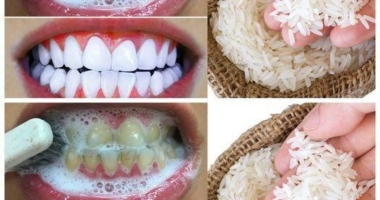In 2023, the real estate and sanitaryware industry will experience a major shift towards sustainability, inclusivity, and innovation. Consumers will demand more eco-friendly and sustainable solutions, which will see a rise in the use of new tech solutions that help reduce water consumption, carbon footprints, and utility bills. We will see inclusivity in the design of physical spaces for the ageing population, with designers accounting for the decline in physical ability that comes with age. Technology will play a significant role in advancing the trends, particularly in convenience for the home, with more products using innovative technology that allows users to personalize their shower according to their preferences, and intuitive control of temperature and water volume. Brands that can evolve with the times will remain relevant and make a difference in people’s lives.
In 2023, we will see a greater focus on inclusive design, particularly for the ageing population. As the global population ages, the need for homes and products that are accessible and safe for seniors will become more important. The design industry will need to consider the diverse needs of different age groups, abilities and disabilities, and create products that are adaptable, easy to use and enhance the quality of life. This shift towards inclusivity will also extend to other groups such as children, people with disabilities and those with mental health conditions.
- New technologies and innovations
Finally, we will see a surge in new technologies and innovations that will transform the way we design and consume products in the real estate and sanitaryware industry. The use of artificial intelligence (AI) and virtual reality (VR) will enable designers to create and test new products in a virtual environment before they are physically manufactured. This will not only save time and resources but also provide greater flexibility and creativity in the design process. In addition, we will see more use of 3D printing technology that will allow designers to create complex and unique shapes and forms that were not previously possible. This will not only create new opportunities for innovation but also provide more customized solutions to consumers.
In conclusion, the real estate and sanitaryware industry is set for a major shift in 2023. The industry will see a greater emphasis on sustainability, inclusivity, and innovation, which will transform the way we design and consume products. As businesses like ours take on the responsibility of addressing pain points such as reducing water consumption, plastic reduction and designing more inclusive and innovative solutions, we can ensure that our products are relevant, responsible and enjoyable for everyone.
Inclusive design for physical spaces has been a missing part of the diversity and inclusion conversation. However, in 2023, we will see a significant increase in the incorporation of inclusive design in both new and existing structures. Inclusive products that make the built environment accessible and accommodating to everyone will become more popular. This trend will extend to the ageing population, as designers account for the decline in physical ability that comes with age. Bathtubs will be a focus, with designers widening ledges to facilitate entry into the tub, and offering walk-in tubs to prevent slippage.
The trend of inclusive design will expand and intensify in 2023, as we see a shift toward simpler and more practical products. These products will still be stylish but more user-friendly, to accommodate a diverse range of users. As designers work to stay ahead of the design curve, they must keep this trend in mind.
Technology will play a significant role in advancing the 2023 trends in sustainability, inclusive design and convenience for the home. However, innovation approaches in interior design projects will depend on the audience and environment. For example, touchless faucets and flushing systems that minimize user contact will continue to be used in public spaces to optimize hygiene. The integration of technology in the home will focus on convenience, with more products using innovative technology that allows users to personalize their shower according to their preferences, and intuitive control of temperature and water volume.
In conclusion, emerging consumer behaviors will drive demand for new technologies and sustainable innovations, shaping the industry. Designers, builders, and architects will revamp their approach to accelerate inclusive design, water conservation, and sustainability. The mantra for 2023 and beyond will be “people ignore design that ignores people and planet.” Brands that can evolve with the times will remain relevant and make a difference in people’s lives.
Don’t miss interesting posts on Famousbio









